Campylobacter Enteritis

The Campylobacter bacteria is a common cause of food poisoning that affects 1.3 million people a year. Symptoms such as diarrhea, fever, and abdominal cramps will usually set into the affected person within a few days and last about a week. Medical attention is not usually needed.
Image via: Facebook.
Campylobacter Enteritis Causes

Because Campylobacter typically lives in the digestive tract of animals, it is typically found in animal byproducts. The bacteria is typically found in improperly cooked meat, especially poultry. Unpasteurized milk can also be affected.
Image via: Facebook.
Cholera
Cholera Causes
E. coli Enteritis
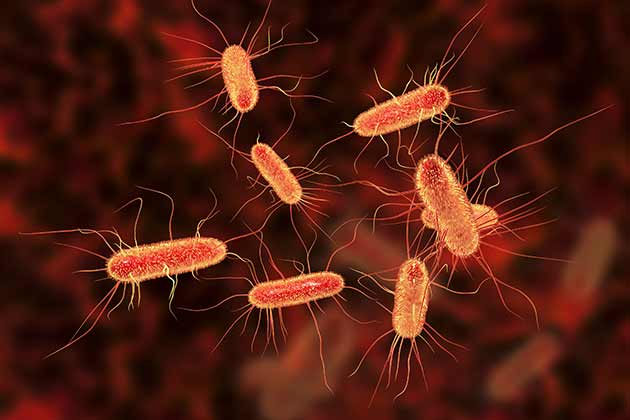
E. coli Enteritis is a dangerous strain of a typically harmless bacteria. It’s a potentially dangerous sort of food poisoning that is often acquired while traveling. The most common symptom is severe diarrhea, but fever, fatigue, dehydration, and vomiting are also causes. Symptoms develop within three days of contracting the bacteria and typically last about two days.
E. coli Enteritis Causes

E. coli Enteritis food poisoning can cause by a whole host of things. Like most types of food poisoning, undercooked meat can be problematic. Foods that should be refrigerated but are left out too long can become affected. Improperly washing your hands or your food before preparing a meal can also cause serious issues.
Ciguatera

Ciguatera is the most common food poisoning related to seafood. In addition to standard food poisoning symptoms like nausea and vomiting, but ciguatera can bring some neurological symptoms as well. Most noticeably, people notice that hot things feel cold and cold things feel hot. Vertigo, itching, and tingling extremities may also occur. There is no cure, and symptoms can last days, weeks, or even years.
Image via: Nutritionfacts.
Ciguatera Causes
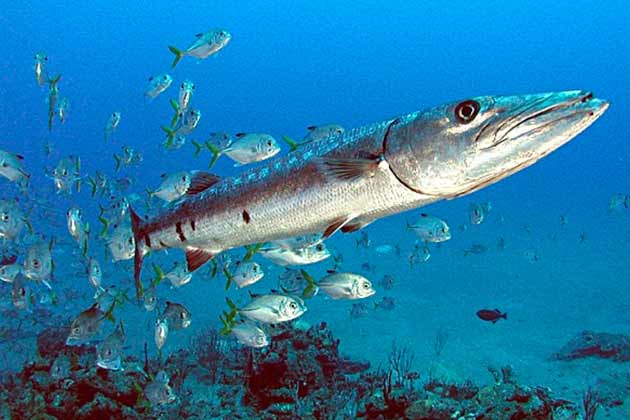
Ciguatera is a toxic marine microalga that often affects fish that affect reef fish that weigh more than 6 lbs. The microalgae will typically affect barracuda, grouper, eel, sea bass, and Spanish mackerel.
Image via: Facebook.
Listeria
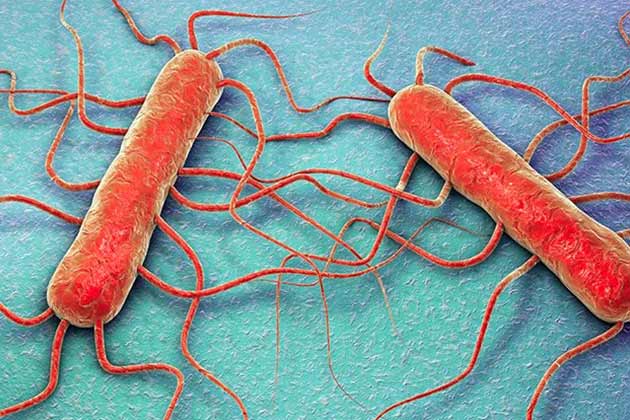
Listeria is an interesting type of food poisoning because it can survive in most settings. It can grow with or without oxygen. It can grow in a fridge or in a freezer. However, its symptoms are fairly standard for food poisoning and only last a few days.
Image via: Facebook.
Listeria Causes

Listeria can be found in a number of atypical foods. Deli meat is a common carrier, but so are soft cheeses, cantaloupes, and hot dogs.
Image via: Facebook.
Staphylococcal
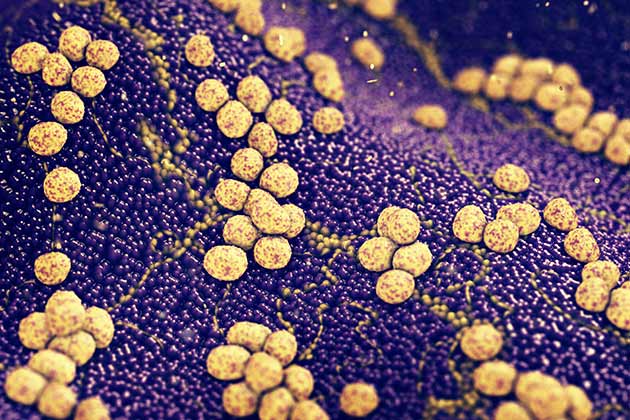
Staphylococcal infections, or staph infection, is a type of food poisoning that spreads extremely easily. It’s a bacterium that often lives on people’s skin and becomes dangerous when affected. Within 30 minutes of being affected, you can begin to experience nausea, vomiting, and stomach cramps. These symptoms typically only cast a day.
Staphylococcal Causes
Salmonella
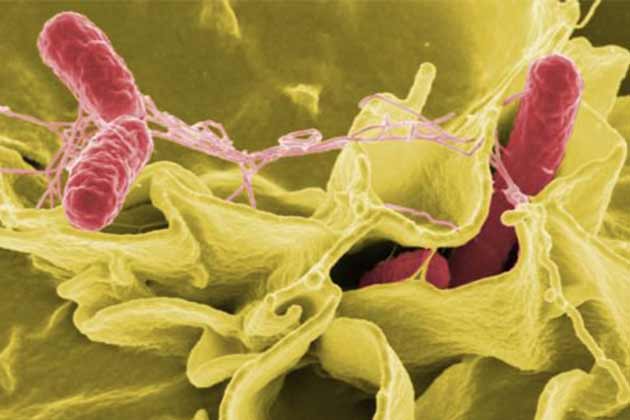
Salmonella is one of the most common types of food poisoning. It affects hundreds of thousands of people each year and causes hundreds of deaths. Salmonella can set in within a few hours. Common symptoms include nausea, vomiting, diarrhea, and abdominal cramps.
Image via: Facebook.
Salmonella Causes
Norovirus
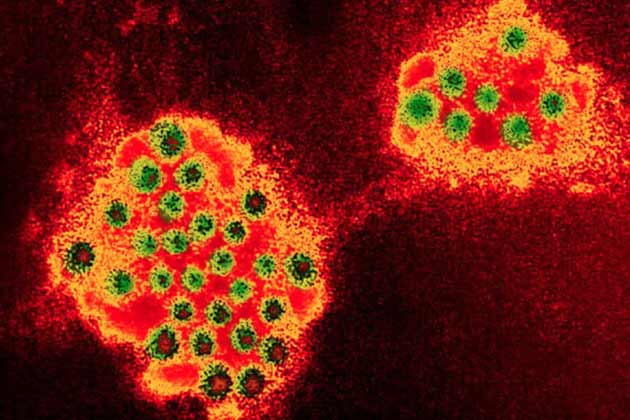
A norovirus infection can be caused by foods or by someone carrying the infection. Because it is transmitted so easily, places like hospitals, nursing homes, or daycares are at a higher risk. Symptoms include the sudden onset of diarrhea, vomiting, and fever.
Image via: Facebook.
Norovirus Causes
Botulism
Botulism Causes
 Author
Alot Health Team
Last Updated: December 14, 2023
Author
Alot Health Team
Last Updated: December 14, 2023






